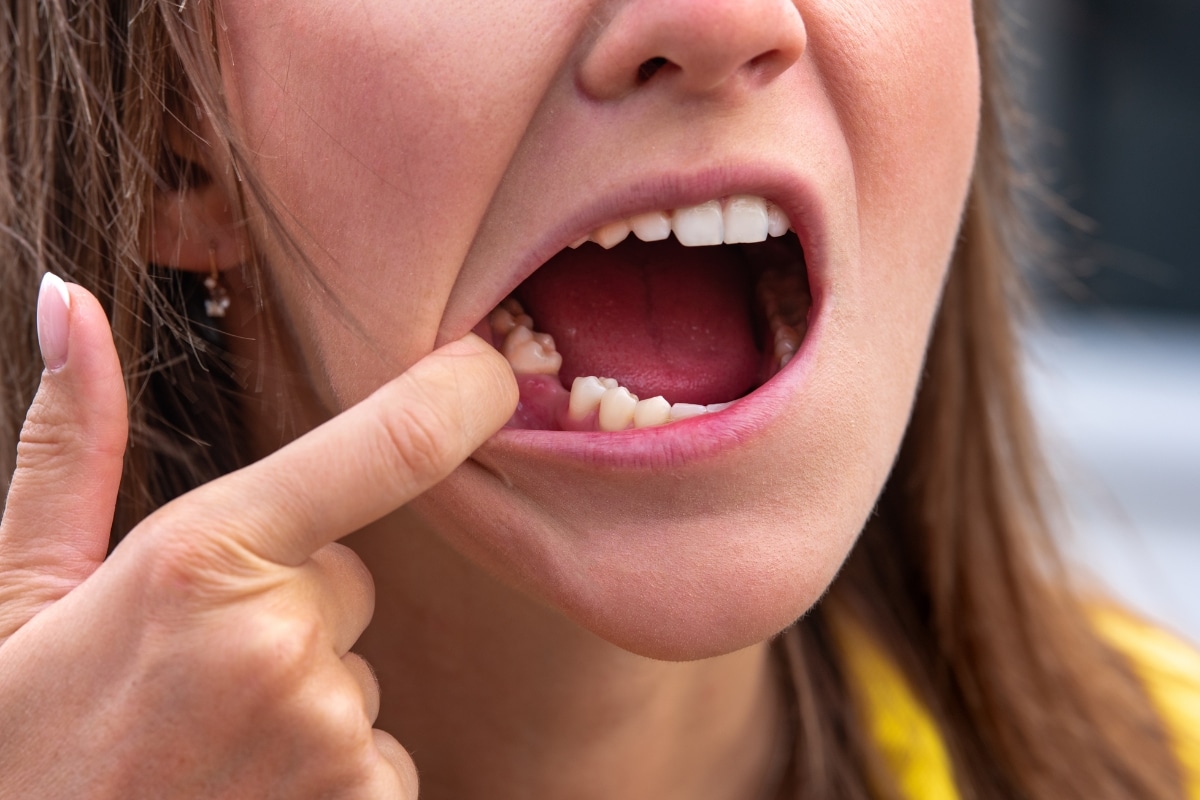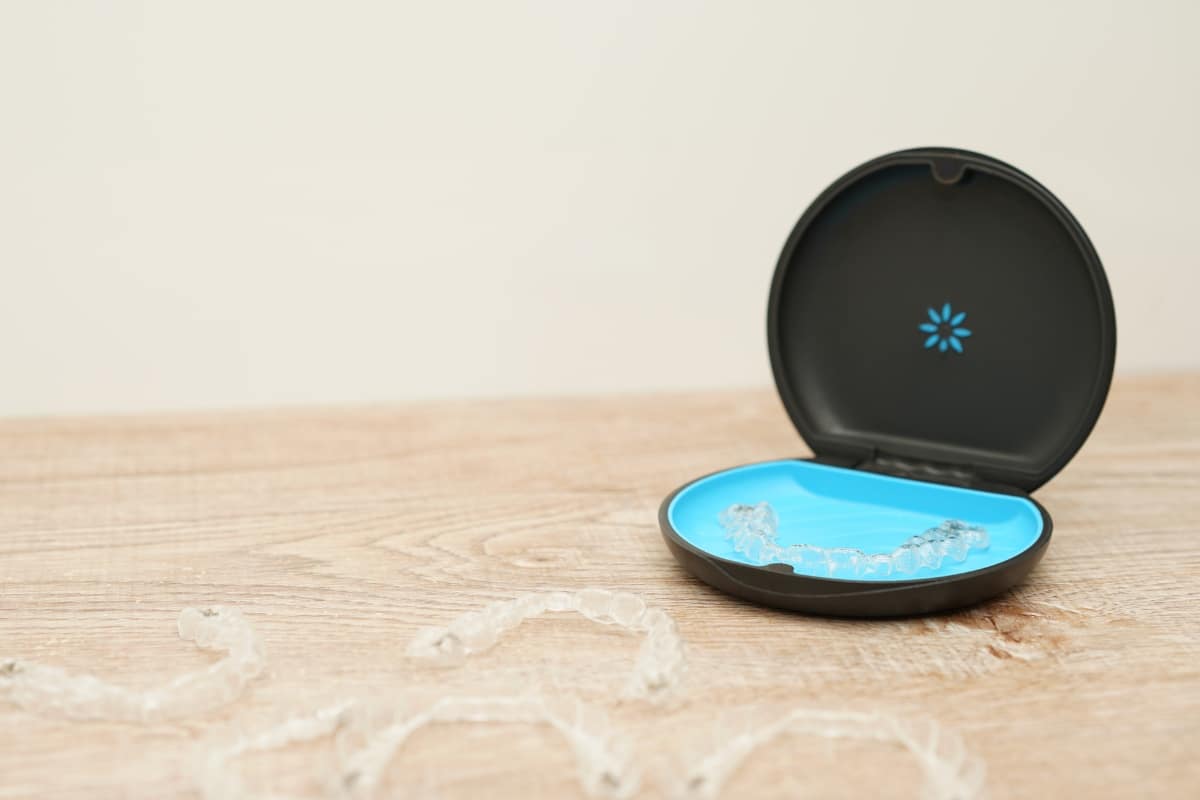
Dry socket hurts, and it’s largely preventable with smart home oral care. Post-tooth extractions, a blood clot forms on the bone to protect the space from infection. If that clot dissolves or dislodges, it exposes the bone and nerves, which cause sharp pain and delay healing. Although dry socket happens in just 2%–5% of extractions (more after wisdom teeth), knowing what to do before and after can make a big difference.
What is a dry socket?
Also called alveolar osteitis, a dry socket is the open extraction site where the blood clot failed to stabilize. You’ll usually notice deep, throbbing pain that may radiate to the ear or temple and a visible “empty” hole that looks whitish from exposed bone. Seek care promptly if pain escalates after day two or three.
Why does it happen, and who’s at higher risk?
Making strong suction moves using the mouth, vigorous rinsing, or removing debris in the socket can make the clot unstable. Two conditions that increase the risk of developing this condition are:
- Smoking or vaping nicotine is associated with more than 3 times higher risk of dry socket after extraction. Avoiding tobacco before and after surgery reduces the risk of dealing with it.
- Hormonal birth control: studies suggest estrogen-containing pills may increase the risk of dry socket after third-molar extraction.
Steps to Take at Home to Prevent Dry Socket
If you’re planning tooth extractions in Gold River, your aftercare starts before the appointment: stock soft foods, saline, gauze, and over-the-counter pain relief (as advised).
The first 24 hours (protect the clot)
- Rest with your head elevated.
- Do not use straws, do not spit, and do not rinse your mouth using force.
- Avoid alcohol and smoking; heat and suction can disturb the clot.
Days 2–7 (clean gently, keep it calm)
- Use gentle salt-water or prescribed rinses; Do not swish while cleaning your mouth.
- Brush other teeth normally; ease around the site.
- Choose soft foods (eggs, yogurt, mashed vegetables). Add texture gradually as you feel more comfortable.
- Light activity only; vigorous exertion raises blood pressure and can dislodge the clot.
Prevention tips for dry socket
- Keep the area free of food bits with a gentle antimicrobial mouthrinse only if your dentist recommends it.
- Take NSAIDs or other pain relievers as instructed; do not take aspirin if your practitioner advises you against it.
- Call your local dentist immediately if pain worsens after initial improvement, if you notice foul smell/taste, or if you have sensations of exposed bone.
If a dry socket still occurs
You probably will require an office visit for irrigation and a medicated dressing to comfort the area as new tissue develops; pain usually subsides in a matter of days. Resume gentle cleaning and follow instructions carefully.
Successful dry socket prevention is based on simple, consistent routines during your first week: protect the clot, keep it clean, rest, and avoid tobacco. If you feel something is wrong, call River Family Dentistry in Gold River to book a check-up after your extraction and get your queries resolved.




